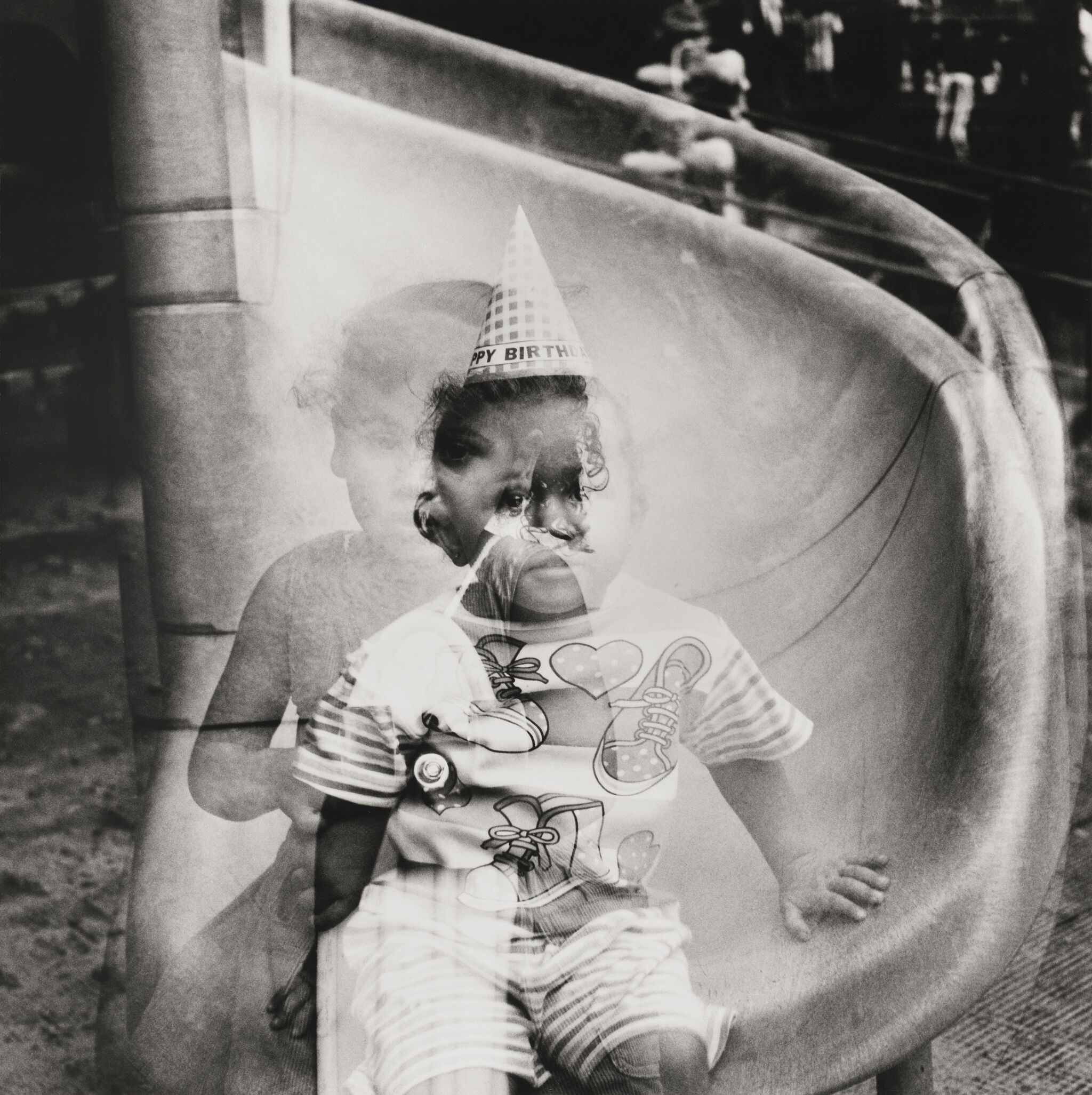Mary Beth Edelson
1933–2021
Introduction
Mary Elizabeth Edelson (née Johnson; February 6, 1933 – April 20, 2021) was an American artist and pioneer of the feminist art movement, deemed one of the notable "first-generation feminist artists". Edelson was a printmaker, book artist, collage artist, painter, photographer, performance artist, and author. Her works have been shown at the Museum of Modern Art, the Smithsonian American Art Museum, and the Museum of Contemporary Art in Chicago.
She began her studies at the Art Institute of Chicago and continued as she pursued her Bachelor's and Master of Fine Arts degrees. She taught art at the college level, including School of Art and the Smithsonian Institution in Washington, D.C., and at the Corcoran Gallery of Art's Dupont Center for Advanced Studies.
Inspired by Henri Matisse, Paul Cézanne and Édouard Manet, she made paintings of mothers and children in the 1960s. During that decade, she owned a gallery in Indianapolis. Her art changed markedly in the 1970s when she shifted to performance and other forms of art, as well as how women are depicted in art. Her studies of philosophy and psychology greatly influenced her art, both in terms of content and medium. Important works of the early 1970s are representations of goddesses, which Edelson used as a contrast against established, patriarchal viewpoints of women. In Some Living American Women Artists / Last Supper, the faces of the disciples are replaced with noted women artists, and Story Gathering Boxes explored stories of the feminine experience. Other notable works include The Negotiation and Kali Bobbitt.
She worked to increase the rate at which works of art by women are among museum collections. She helped found and was an active member of the Heresies Collective, which published the Heresies journal, to show and promote art made by women. She also joined the feminist cooperative gallery, A.I.R. Gallery (Artists In Residence), which held exhibits of Edelson's work, including The Memorial to the 9,000,000 Women Burned as Witches in the Christian Era. In that exhibit, the intention was to empower women attendees. She was also active in the civil rights movement.
Wikidata identifier
Q16095250
Information from Wikipedia, made available under the Creative Commons Attribution-ShareAlike License . Accessed December 1, 2025.

